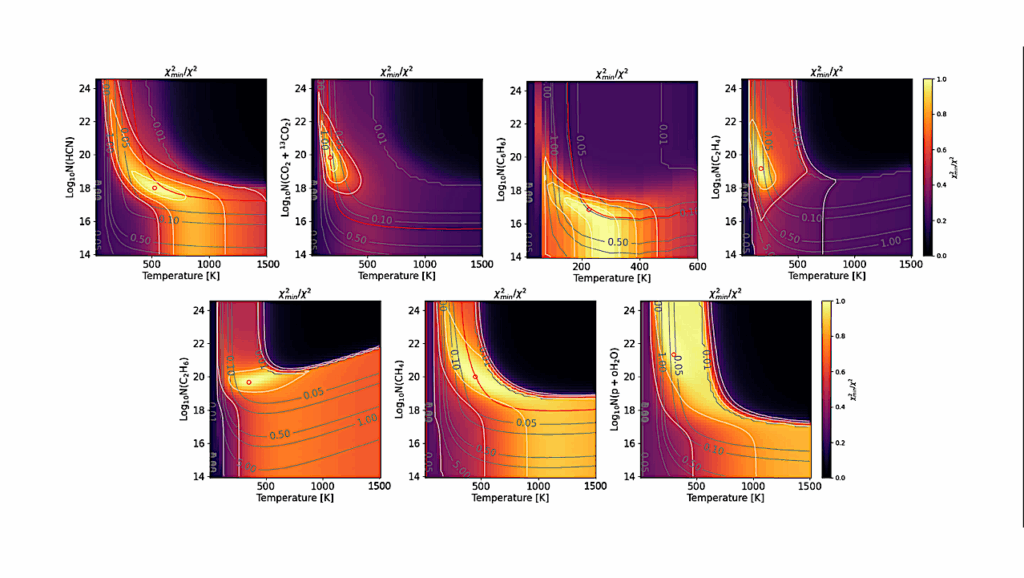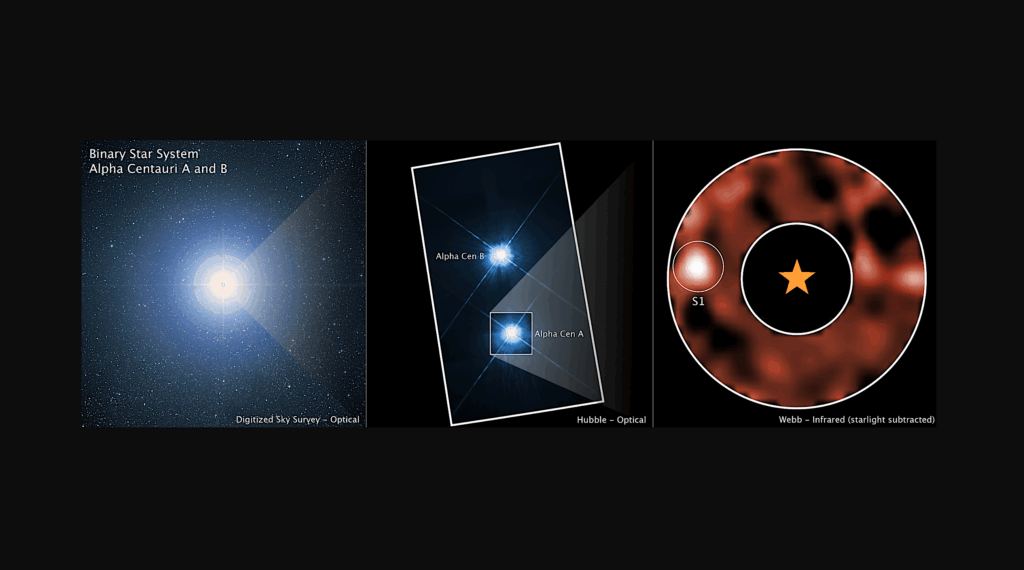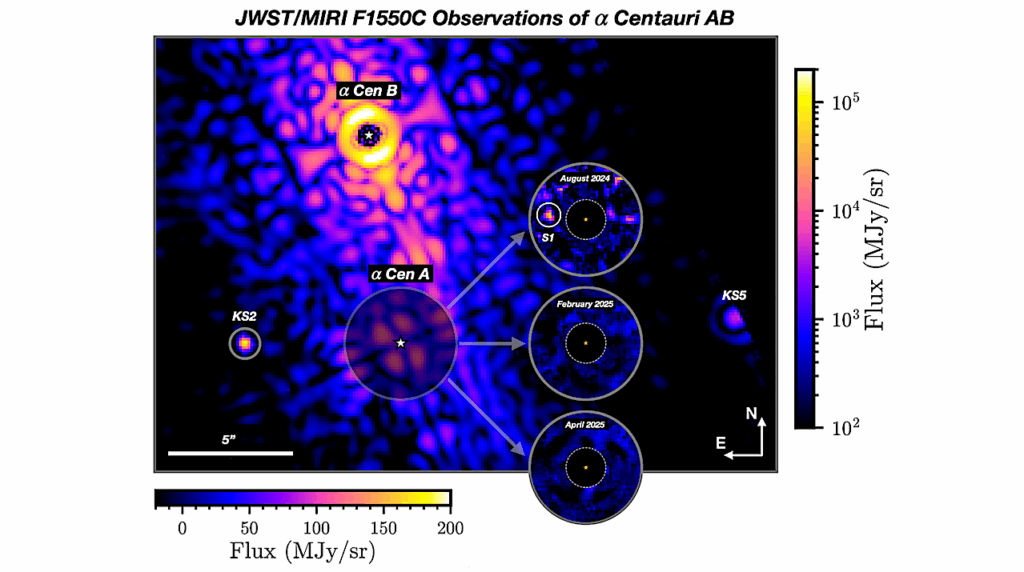Polarimetry Of Exoplanet-Exomoon Systems

We investigated the potential of polarimetric observations in the optical wavelength range for the detection of exomoons and the characterization of exoplanet-exomoon systems.
Using the three-dimensional Monte Carlo radiative transfer code POLARIS, we calculated flux and polarization phase curves of Earth-like exoplanets with a satellite similar to Earth’s moon. Of particular interest are mutual events, when one of the two bodies casts a shadow on the other or transits in front of it.
We find that the signatures of mutual events in the polarization phase curve show significant variations depending on the inclination of the lunar orbit.
If the planet-satellite pair is spatially resolved from the star but the satellite is spatially unresolved, the increase in the degree of polarization during a transit of the exomoon in front of the center of the exoplanet reaches 2.7% in our model system near quadrature.
However, the change is less than 0.5% if the orbit of the exomoon is inclined such that it transits the planet noncentrally at the same phase angles. The influence of an exomoon on the polarization phase curve of an exoplanet-exomoon system is dependent on the lunar polarization phase curve. Observations of full eclipses and occultations of the exomoon allow the determination of separate polarization phase curves for the two bodies.
Information about the lunar orbital inclination can be obtained with polarimetric observations of shadows or transits. Measuring the influence of large satellites not only on the total flux, but also on the polarization of the reflected stellar radiation during mutual events thus facilitates the prediction of future mutual events and the verification of exomoon candidates.
M. B. Michaelis, M. Lietzow-Sinjen, S. Wolf
Comments: Accepted for publication in Astronomy & Astrophysics. 16 pages, 13 figures
Subjects: Earth and Planetary Astrophysics (astro-ph.EP)
Cite as: arXiv:2504.10126 [astro-ph.EP] (or arXiv:2504.10126v1 [astro-ph.EP] for this version)
https://doi.org/10.48550/arXiv.2504.10126
Focus to learn more
Submission history
From: Max Bror Michaelis
[v1] Mon, 14 Apr 2025 11:34:10 UTC (1,954 KB)
https://arxiv.org/abs/2504.10126
Astrobiology,








